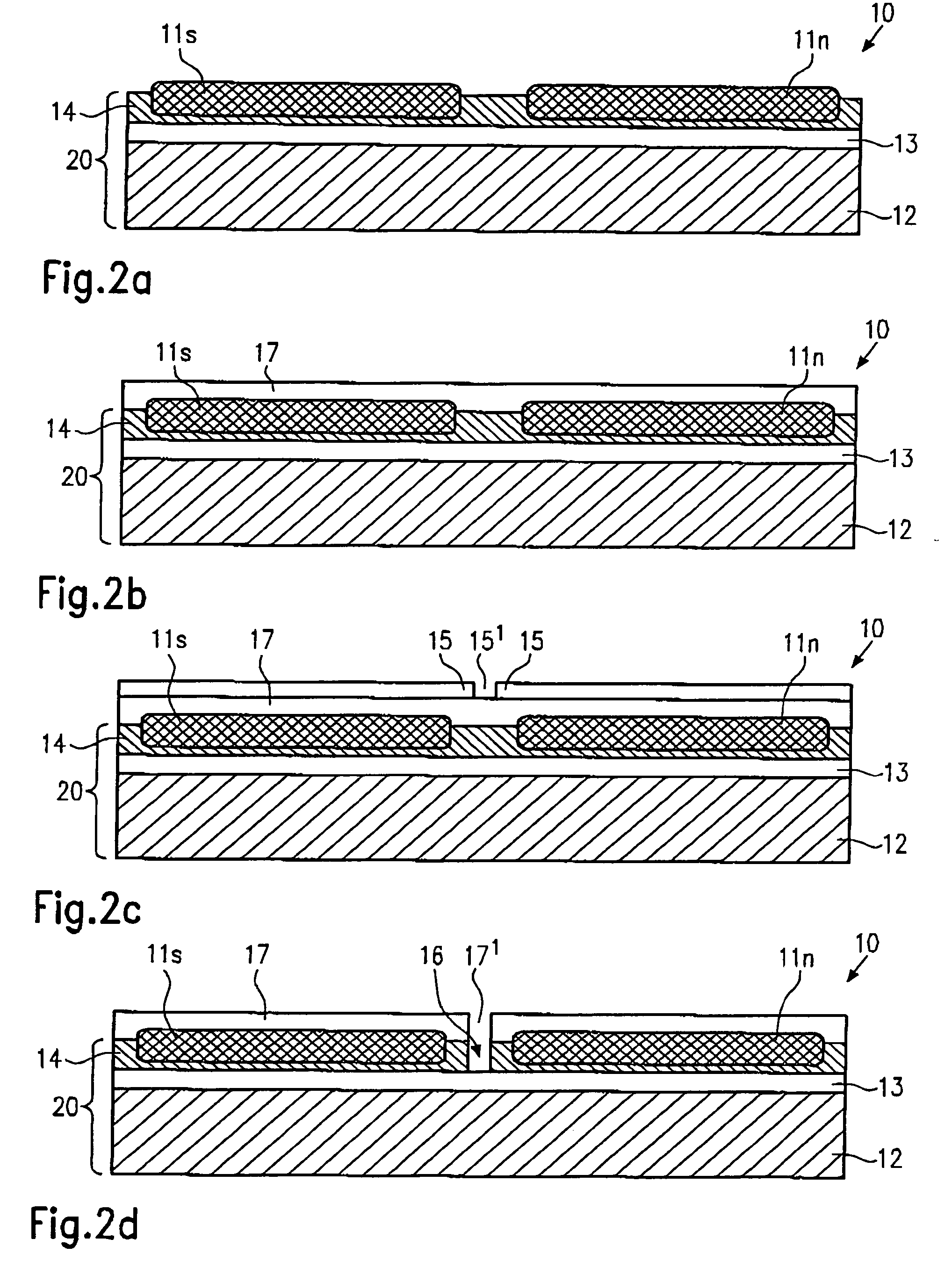SOI circuit having reduced crosstalk interference and a method for forming the same
a technology of crosstalk interference and silicon on the insulator, which is applied in the direction of basic electric elements, electrical equipment, semiconductor devices, etc., can solve the problems of difficult integration of components performing different functions on the same chip, weak performance of a chip or a unit comprising different components, and high interference, so as to reduce interference, reduce interference, and high performance
- Summary
- Abstract
- Description
- Claims
- Application Information
AI Technical Summary
Benefits of technology
Problems solved by technology
Method used
Image
Examples
Embodiment Construction
[0024] While the present invention is described with reference to the embodiments as illustrated in the following detailed description as well as in the drawings, it should be understood that the following detailed description as well as the drawings are not intended to limit the present invention to the particular illustrative embodiments disclosed, but rather the described illustrative embodiments merely exemplify the various aspects of the present invention, the scope of which is defined by the appended claims.
[0025] As stated above, the present invention is understood to be particularly advantageous when used for providing circuits or portions thereof on SOI wafers, wherein said SOI wafers comprise an upper active semiconductive layer with a thickness substantially corresponding to the thickness of standard bulk semiconductive layers of the kind used for manufacturing integrated circuits according to standard processes. For this reason, example will be given in the following in...
PUM
 Login to View More
Login to View More Abstract
Description
Claims
Application Information
 Login to View More
Login to View More - R&D
- Intellectual Property
- Life Sciences
- Materials
- Tech Scout
- Unparalleled Data Quality
- Higher Quality Content
- 60% Fewer Hallucinations
Browse by: Latest US Patents, China's latest patents, Technical Efficacy Thesaurus, Application Domain, Technology Topic, Popular Technical Reports.
© 2025 PatSnap. All rights reserved.Legal|Privacy policy|Modern Slavery Act Transparency Statement|Sitemap|About US| Contact US: help@patsnap.com



